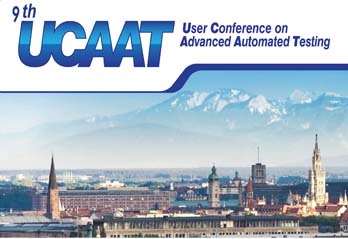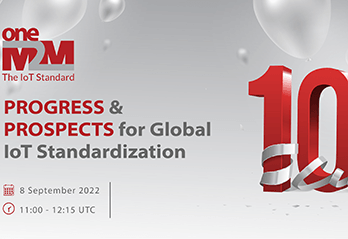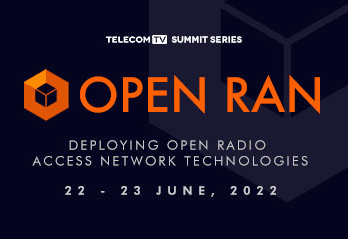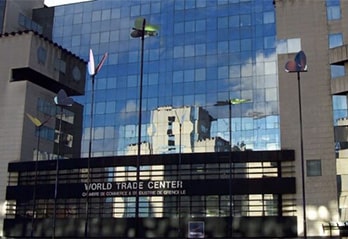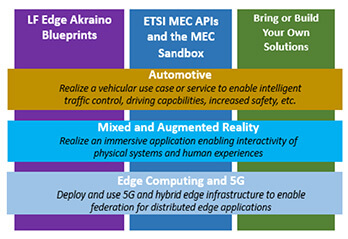9th UCAAT - User Conference on Advanced Automated Testing
Posted by Nathalie Guinet 33758 Hits- Event type: Conferences & Summits
- Event Technology: Testing languages
Overview
UCAAT is the pinnacle in the calendar of ETSI’s Technical Committee Methods for Testing and Specification. This well-established event addresses the practical challenges of testing and test automation faced by industry today. UCAAT is dedicated to all aspects of automated testing and is not limited in scope. Rapid technical advances in application areas such as information and communication technology, industrial automation, transportation (automotive, avionics, rail), enterprise information technology, healthcare, and biotechnology, as well as shifting operational landscapes such as DevOps practices and machine learning techniques applied to software development are ever increasing the demands on testing.
UCAAT 2022: Testing of Trustworthy Systems
Our society becomes increasingly dependent on complex software systems and widely interconnected systems of systems that take over more and more crucial tasks of our daily lives. These systems will be only accepted by their users if they offer a high level of trust in various facets reaching from safety, availability, business integrity, to robustness, security, and other areas. Moreover, these large systems integrate many different technologies, such as Artificial Intelligence or semantic networks, that are challenging on their own. Testing and certifying them becomes therefore an urgent task that needs to be addressed through appropriate methods, tools, and processes. UCAAT 2022 aims at discussing particularly all aspects concerning trustworthiness of systems and how it can be tackled best in testing. UCAAT 2022 provides a unique opportunity for practitioners, tool vendors, test service providers and researchers from many different application domains to come together.
Attendees will be able to exchange on:
Experiences gained and lessons learned from the adoption of novel test automation techniques, methods, and tools The long-term application and the latest advances in the industrial use of test automation.Target audience
The event is of particular interest for:
Test engineers, designers or test automation experts Engineers working in test specification, automation, DevOps and RPA Software developers or architects Project leaders or managers in digital transformation Test tool or service providers Test and quality assurance analysts Academics and researchers in testing
